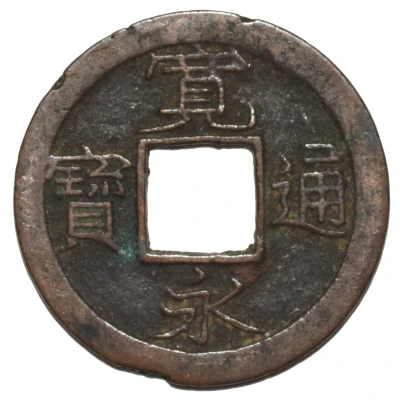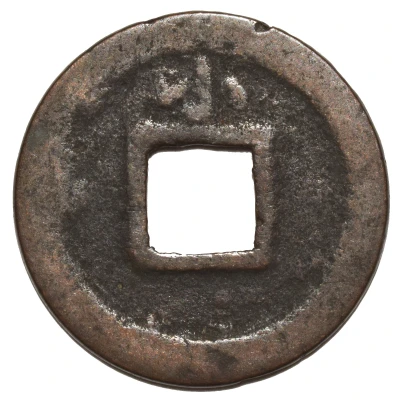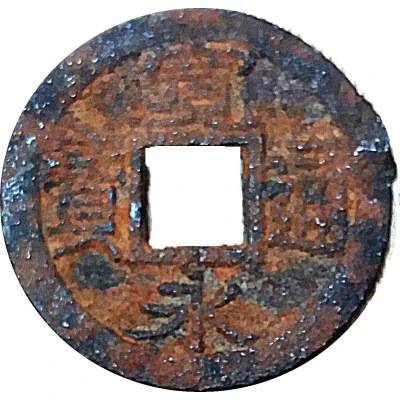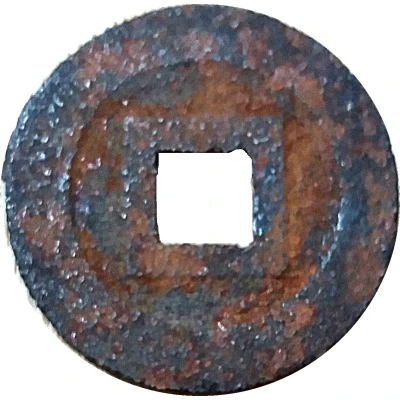


© Cuthwellis
1 Mon "Kan'eitsūhō" Copper alloy; 小 "Ko" reverse ND
| Copper | 2.39 g | 23 mm |
| Issuer | Japan |
|---|---|
| Type | Standard circulation coin |
| Years | 1737-42 |
| Value | 1 Mon |
| Currency | Mon (683-1953) |
| Composition | Copper |
| Weight | 2.39 g |
| Diameter | 23 mm |
| Thickness | 1 mm |
| Shape | Round with a square hole |
| Technique | Cast |
| Orientation | Medal alignment ↑↑ |
| Demonetized | Yes |
| Updated | 2024-10-05 |
| Numista | N#161660 |
|---|---|
| Rarity index | 71% |
Reverse
Lettering: 小
Translation: Ko for Koume-mura
Edge
Plain
Comment
Variants without reverse character exist (DHJ# 4.157-159).Interesting fact
One interesting fact about the Standard circulation coin 1 Mon "Kan'eitsūhō" (Copper alloy; 小 "Ko" reverse) ND (1737-42) from Japan made of Copper weighing 2.39 g is that it was issued during a time of great economic change in Japan. The Kan'eitsūhō coin was introduced in 1737 as part of a new currency system aimed at combating inflation and stabilizing the economy. The coin was made of copper, which was a more affordable material than the silver or gold used in previous coinage, and it was designed to be easily recognizable and difficult to counterfeit. Despite its humble appearance, the Kan'eitsūhō coin played an important role in facilitating everyday transactions and promoting economic growth in Japan during the 18th century.

